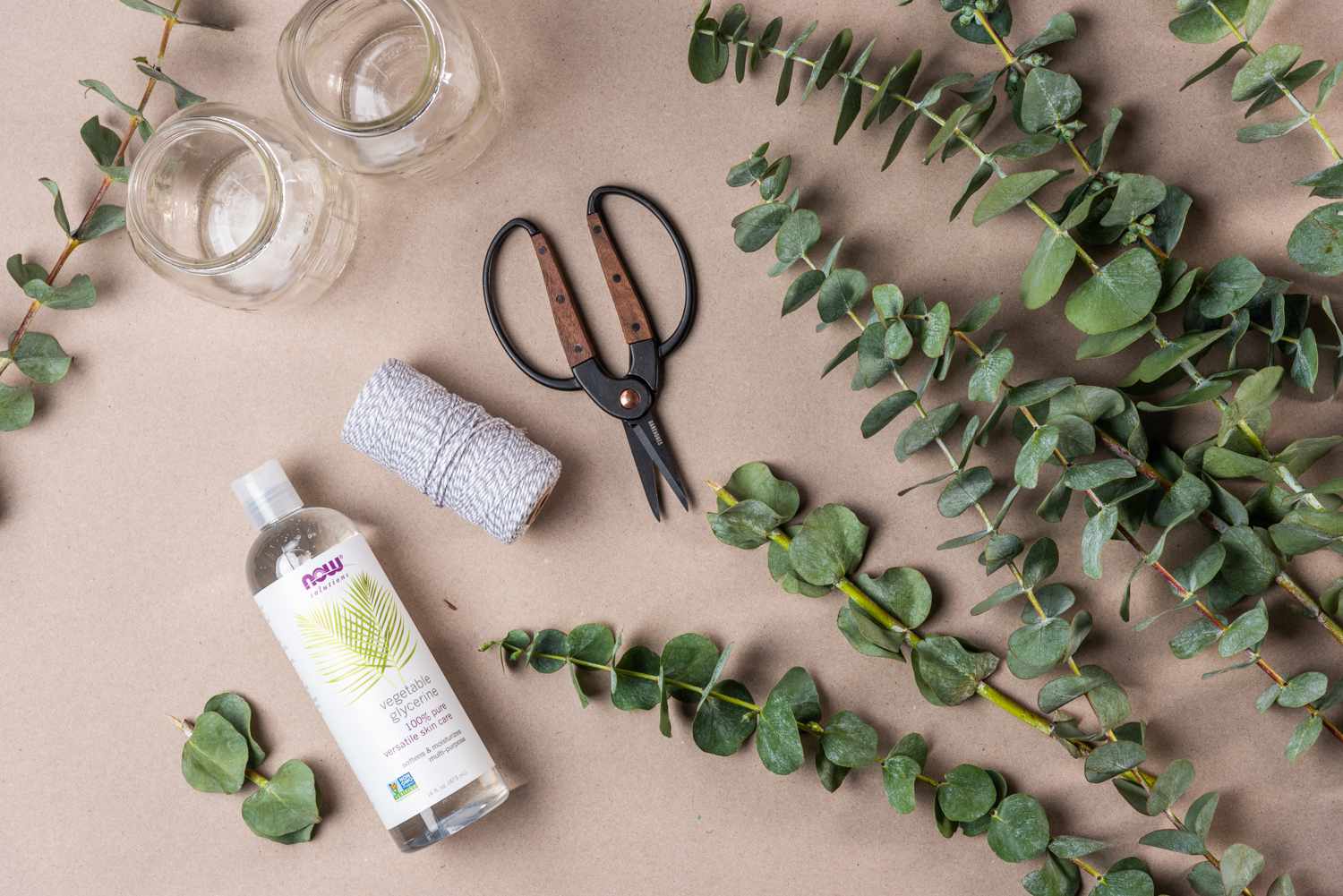

Articles
How To Store Eucalyptus
Modified: January 7, 2024
Learn the best methods for storing eucalyptus with these helpful articles. Preserve the freshness and fragrance of your eucalyptus for longer!
(Many of the links in this article redirect to a specific reviewed product. Your purchase of these products through affiliate links helps to generate commission for Storables.com, at no extra cost. Learn more)
Introduction
Eucalyptus is a versatile and aromatic plant that is commonly used in various applications, from home decor to medicinal purposes. Whether you grow your own eucalyptus or buy it from a store, proper storage is crucial to maintain its freshness and preserve its natural fragrance. In this article, we will explore the different types of eucalyptus, provide tips on choosing the right storage location, offer techniques for harvesting and preparing eucalyptus, and discuss various methods of storing eucalyptus for different purposes.
Eucalyptus comes in various species, each with its own unique characteristics and uses. Some common types include Eucalyptus globulus, commonly known as Blue Gum Eucalyptus, and Eucalyptus cinerea, also known as Silver Dollar Eucalyptus. Each type offers distinct aromas and appearances, making them suitable for different applications. Whether you prefer the bold scent of the Blue Gum Eucalyptus or the delicate silver leaves of the Silver Dollar Eucalyptus, properly storing your eucalyptus will help maintain its beauty and fragrance.
When it comes to storing eucalyptus, choosing the right location is key. Ideally, you want to find a cool and dry area with good air circulation. Excessive heat and humidity can cause eucalyptus to wilt and lose its fragrance. Make sure to avoid areas with direct sunlight, as it can fade the vibrant colors of the leaves. A pantry or a closet with adjustable temperature and humidity controls could be an excellent option for storing eucalyptus.
Now that you have selected an ideal storage location, the next step is harvesting the eucalyptus branches. Harvesting eucalyptus involves cutting the stems at the desired length, typically around 12 to 18 inches. Use clean and sharp pruning shears to prevent any damage to the plant. It is advisable to harvest eucalyptus in the morning when the plants are well-hydrated, as this helps in preserving the freshness for a longer period.
After harvesting, it is crucial to prepare the eucalyptus branches before storing them. Start by removing any leaves or branches that will be submerged in water or come into contact with other materials during storage. These submerged parts can decompose quickly and affect the overall quality of the eucalyptus. By removing them, you can ensure better longevity and preserve the appearance of the branches.
Key Takeaways:
- Proper storage of eucalyptus is crucial to maintain its freshness and fragrance. Choose the right location, avoid common mistakes, and follow specific techniques to ensure the longevity of this versatile plant.
- Whether storing fresh eucalyptus, drying it for long-term use, or preserving its essential oil, attention to detail and regular care are essential for maintaining the beauty and benefits of this aromatic plant.
Read more: What Greenery Goes With Eucalyptus
Types of Eucalyptus
Eucalyptus is a diverse genus of flowering trees and shrubs, encompassing over 700 species. Each species has its own unique characteristics, including leaf shape, color, and scent. Here are some of the most popular types of eucalyptus:
- Eucalyptus globulus: Also known as Blue Gum Eucalyptus, this species is native to Australia and is widely cultivated for its essential oil. It has long, pointed leaves that are a vibrant shade of green and emit a strong, camphor-like aroma.
- Eucalyptus citriodora: Commonly referred to as Lemon Eucalyptus, this species is renowned for its refreshing citrus scent. It has elongated leaves that are lemon-scented and often used in perfumes, soaps, and insect repellents.
- Eucalyptus radiata: Known as Narrow-leaved Peppermint or Forth River Peppermint, Eucalyptus radiata is native to southeastern Australia. It has narrow, lance-shaped leaves with a peppermint aroma and is cherished for its medicinal properties.
- Eucalyptus cinerea: Also called Silver Dollar Eucalyptus, this species is grown for its unique foliage. The leaves are round and silvery-blue, adding an elegant touch to floral arrangements and wreaths.
- Eucalyptus deglupta: Commonly known as Rainbow Eucalyptus, this species is native to the Philippines, Indonesia, and Papua New Guinea. Its bark exfoliates in patches, revealing a stunning range of colors, including green, blue, purple, and orange.
These are just a few examples of the many eucalyptus species available. Each type offers distinct aromas, appearances, and uses, making them suitable for various applications such as home decor, herbal remedies, and aromatherapy. Whether you are looking for a bold and invigorating scent or a subtle and calming fragrance, there is a eucalyptus variety to suit your preferences.
It’s worth noting that some eucalyptus species may be more readily available depending on your geographical location. However, thanks to online shopping and global distribution, it is now possible to access a wide variety of eucalyptus species no matter where you are in the world.
When choosing eucalyptus for your specific needs, consider factors such as fragrance, color, and leaf shape. You may also want to take into account the longevity of the branches and the ease of drying or preserving them. Whether you opt for the classic Blue Gum Eucalyptus, the aromatic Lemon Eucalyptus, or the visually striking Silver Dollar Eucalyptus, exploring the different types of eucalyptus can be an exciting journey of discovery and experimentation.
Choosing the Right Storage Location
When it comes to storing eucalyptus, finding the right location is essential to maintain its freshness and quality. Here are some factors to consider when choosing the ideal storage space:
- Temperature: Eucalyptus prefers cool temperatures for optimal preservation. Avoid storing it in areas that are prone to high heat, as this can cause the leaves to wilt and lose their aroma. A temperature range of 50-60°F (10-15°C) is generally suitable for storing eucalyptus branches.
- Humidity: Eucalyptus thrives in low humidity environments. Excessive moisture can encourage mold and mildew growth, which can deteriorate the quality of the branches. Aim for a humidity level of around 40-50% when storing eucalyptus.
- Air Circulation: Good airflow is crucial to prevent moisture buildup and maintain the freshness of eucalyptus. Choose a storage location that allows proper ventilation to ensure sufficient air circulation around the branches. It is advisable to avoid tightly sealed containers or closets that restrict airflow.
- Light Exposure: Direct sunlight can fade the vibrant colors of eucalyptus leaves. It is best to store eucalyptus in a location away from direct sunlight, such as a pantry, closet, or any other area that provides shade. If storing in a clear container, consider covering it with a cloth or paper to further protect the branches from light exposure.
- Odor Absorption: Eucalyptus has a distinct and potent aroma that can be absorbed by surrounding materials. Avoid storing eucalyptus in close proximity to strongly scented items, as it may alter the natural fragrance of the branches. If storing in a refrigerator, make sure to keep eucalyptus separate from other food items to prevent any odor transfer.
- Accessibility: Consider how easily accessible the storage location is, especially if you plan on using the eucalyptus frequently. Opt for a spot that is convenient for you to access whenever you need to use or check on the stored eucalyptus.
Based on these criteria, some suitable storage options for eucalyptus include a cool and dry pantry, a linen closet, or a dedicated drawer in your refrigerator. If none of these options are available, you can also consider using airtight plastic bags or containers. Just make sure that the containers are clean and dry before placing the branches inside.
Remember, proper storage conditions play a significant role in preserving the freshness, color, and fragrance of eucalyptus. By selecting the right storage location, you can ensure that your eucalyptus stays beautiful and aromatic for an extended period, allowing you to enjoy its benefits in various applications.
Harvesting Eucalyptus
Harvesting eucalyptus involves careful pruning and cutting of the branches to ensure the best quality and longevity. Here are some steps to follow when harvesting eucalyptus:
- Timing: The ideal time to harvest eucalyptus is during the morning when the plants are well-hydrated. This helps maintain the freshness and prevents wilting of the branches.
- Tools: Use clean and sharp pruning shears or scissors to ensure a clean cut. Dull or dirty tools can damage the plant and affect the overall quality of the harvested branches.
- Branch Selection: Look for healthy branches with vibrant leaves and strong stems. Avoid harvesting from damaged or diseased plants, as it can compromise the quality of the eucalyptus.
- Branch Length: Determine the desired length of the eucalyptus branches based on your intended use. Generally, branches with a length of around 12 to 18 inches (30 to 45 cm) work well for most applications.
- Cutting Technique: Position the pruning shears or scissors at a 45-degree angle and make a clean cut just above a leaf node. This promotes new growth and helps the plant maintain its structure and health.
- Quantity: Be mindful of not over-harvesting from a single plant or tree. It is important to leave enough foliage on the plant to allow for its continued growth and vitality.
It is worth noting that eucalyptus branches contain a natural gum that may ooze out after cutting. This is normal and can be wiped away gently with a clean cloth or paper towel. Avoid touching your face or eyes after handling eucalyptus, as the gum residue can be sticky.
Once you have harvested the eucalyptus branches, it is crucial to proceed with the next steps promptly to maintain the freshness and quality of the plant. Proper handling and preparation are essential to ensure the longevity of the eucalyptus branches and preserve their natural beauty.
By following these guidelines, you can harvest eucalyptus effectively and enjoy the benefits of this versatile plant in various applications, including floral arrangements, home decor, and herbal remedies.
Preparing Eucalyptus for Storage
Properly preparing eucalyptus for storage is crucial to maintain its freshness and prolong its shelf life. Here are some essential steps to follow when preparing eucalyptus:
- Remove Excess Foliage: Start by removing any leaves or branches that will be submerged in water or come into contact with other materials during storage. These submerged parts can decompose quickly and affect the overall quality of the eucalyptus. Use pruning shears or scissors to carefully trim away the excess foliage.
- Inspect for Pests and Damages: Thoroughly examine the eucalyptus branches for any signs of pests or diseases. Look for discoloration, deformities, or holes in the leaves or stems. If you notice any issues, remove the affected parts to prevent further contamination.
- Clean the Stems: Rinse the eucalyptus branches under cool water to remove any dust or dirt. Gently shake off excess water and pat it dry with a clean towel. This step ensures that there are no debris or contaminants on the stems that could affect the storage process.
- Adjust the Stem Length: Trim the stems of the eucalyptus branches if necessary. Cut at an angle to promote better water absorption when placing them in a vase or container. The shorter stems are more suitable for smaller arrangements, while longer stems work well for larger displays.
- Water Treatment: If you plan to store eucalyptus in a vase or container with water, consider using a floral preservative solution. These solutions provide nutrients, antibacterial properties, and help extend the longevity of the eucalyptus. Follow the instructions on the floral preservative packaging for the correct ratio to mix with water.
- Bundling Technique: Alternatively, you can bundle the eucalyptus branches together and secure them with a rubber band or twine to create a compact arrangement. This method is ideal for drying eucalyptus or when you have limited storage space.
Regardless of the storage method you choose, it is important to keep eucalyptus hydrated and well-maintained. Check the branches regularly and remove any wilted or decaying leaves promptly to maintain the freshness of the remaining foliage.
If you prefer to dry eucalyptus for long-term storage, the preparation process is slightly different. After trimming and cleaning the branches, tie them together in small bundles and hang them upside down in a well-ventilated area. Make sure to keep them away from direct sunlight and excessive moisture. Allow the eucalyptus to dry naturally for several weeks until the leaves feel crisp to the touch.
By following these preparation steps, you can ensure that your eucalyptus is ready for storage while maintaining its vibrant appearance and fragrance. Properly prepared eucalyptus will enhance your home decor, crafts, or medicinal applications for an extended period.
Read also: 15 Best Eucalyptus Oil Diffuser For 2024
Storing Fresh Eucalyptus Branches
Storing fresh eucalyptus branches properly is essential to preserve their freshness, color, and fragrance. Whether you have harvested the eucalyptus from your garden or purchased it from a store, here are some effective methods for storing fresh eucalyptus:
- Water Display: One of the most popular methods for storing fresh eucalyptus is by placing the branches in a vase or container filled with water. Fill the container with fresh, clean water, and remove any leaves or branches that would be submerged. This helps prevent the growth of bacteria and maintains the freshness of the eucalyptus. Change the water every few days or when it becomes cloudy to ensure the eucalyptus stays hydrated.
- Misting: If you do not have a vase or container for water display, you can mist the eucalyptus branches with water to keep them hydrated. Use a spray bottle filled with clean water, and lightly mist the leaves and stems. This helps maintain humidity around the branches and prevents them from drying out. Repeat this process every couple of days or as needed to keep the eucalyptus fresh.
- Refrigeration: Refrigerating eucalyptus can extend its longevity. Before refrigerating, wrap the eucalyptus branches loosely in a damp paper towel to maintain moisture. Place the wrapped branches in a perforated plastic bag or wrap them in plastic wrap with several small holes for ventilation. Store the eucalyptus in the refrigerator’s vegetable compartment, which provides a cool and humid environment. Check the eucalyptus regularly and remove any decaying foliage to prevent mold or bacteria growth.
- Dry Storage: If you wish to preserve the eucalyptus for decorative purposes or dried flower arrangements, you can store the branches in a dry location. Bundle the eucalyptus with twine or an elastic band, and hang them upside down in a well-ventilated area away from direct sunlight. This allows the eucalyptus to naturally dry while maintaining its shape and color. Regularly check for any signs of mold or pests, and remove any affected parts immediately.
Regardless of the storage method you choose, it is important to maintain a suitable environment for the eucalyptus. Keep the branches away from excessive heat, direct sunlight, and drafts, as these can accelerate wilting and deterioration. Regularly monitor the eucalyptus for any signs of wilting, discoloration, or pest infestation, and take appropriate action if necessary.
By following these storage methods, you can enjoy the fresh beauty and delightful fragrance of eucalyptus for an extended period. Whether you plan to use the eucalyptus in floral arrangements, home decor, or medicinal applications, proper storage will ensure that your eucalyptus stays vibrant and aromatic.
Store eucalyptus in a cool, dry place away from direct sunlight to preserve its fragrance and color. Hang it upside down to dry for use in arrangements or crafts.
Drying Eucalyptus for Long-Term Storage
Drying eucalyptus is a popular method for long-term storage, as it allows you to preserve the branches and enjoy their beauty and fragrance for an extended period. Here are some effective techniques for drying eucalyptus:
- Choose the Right Time: The best time to dry eucalyptus is when the branches are freshly harvested. The leaves should be fully matured, but not yet showing any signs of wilting or discoloration. Harvest the branches in the morning when the plants are well-hydrated for optimal results.
- Bundling: Gather a few eucalyptus branches together and secure them at the base with a rubber band or twine. Make sure the bundle is not too tight, allowing air to circulate freely around the branches. This method helps the eucalyptus dry evenly and maintains the shape of the branches during the drying process.
- Hanging Method: Hang the bundled eucalyptus upside down in a well-ventilated area, away from direct sunlight. You can use hooks, clothes hangers, or a drying rack to suspend the eucalyptus bundles. Make sure the space between the branches is sufficient to allow for adequate air circulation.
- Temperature and Humidity: Find a drying location with low humidity and moderate temperature. Extreme heat or humidity can cause the eucalyptus to wilt or mold during the drying process. Aim for a temperature range of around 60-70°F (15-21°C) and humidity of 40-50% for optimal drying conditions.
- Drying Time: The drying time for eucalyptus can vary depending on factors such as the species, size of the branches, and environmental conditions. Generally, eucalyptus takes about two to three weeks to fully dry. Check the branches regularly, and once the leaves feel dry and crisp to the touch, the eucalyptus is ready for long-term storage.
- Storage Containers: Once the eucalyptus is completely dry, remove the bundles from the drying area and gently remove any loose or dried leaves. Store the dried eucalyptus in airtight containers, such as glass jars or plastic bags, to protect them from moisture, dust, and pests. Label the containers with the date of drying to keep track of their freshness.
When properly dried and stored, eucalyptus can retain its color, shape, and fragrance for months or even years. Dried eucalyptus branches can be used in a variety of ways, such as floral arrangements, wreaths, potpourri, and crafts.
It’s important to note that during the drying process, eucalyptus leaves may naturally change color. Some varieties may retain their original color, while others may fade slightly or take on a more muted tone. This adds to the unique charm and character of dried eucalyptus.
By following these drying techniques, you can effectively preserve and store eucalyptus for long-term use, allowing you to enjoy its beauty and fragrance in your home or various creative projects.
Preserving Eucalyptus Leaves
Eucalyptus leaves can be preserved to extend their lifespan and retain their natural beauty. Preserved eucalyptus leaves are commonly used in floral arrangements, crafts, and home decor. Here are some methods for preserving eucalyptus leaves:
- Air Drying: Air drying is a simple and effective method for preserving eucalyptus leaves. Start by gathering fresh eucalyptus branches with fully matured leaves. Remove any excess foliage from the stems. Next, bunch several branches together and secure them with a rubber band or twine. Hang the bundles upside down in a well-ventilated area with low humidity. Allow the leaves to air dry naturally for a few weeks until they feel dry and crisp to the touch.
- Glycerin Preservation: Preserving eucalyptus leaves with glycerin helps maintain their color and flexibility. Mix a solution of one part glycerin and two parts water in a container. Trim the eucalyptus stems at an angle and place them in the glycerin solution. Make sure the cut ends are submerged in the solution. Leave the branches in the solution for several weeks, periodically checking for signs of color change. Once the leaves have absorbed the glycerin solution and have turned the desired shade, remove them from the mixture and air dry them.
- Pressing: Pressing eucalyptus leaves allows them to be preserved flat and used in various artistic projects. Place the eucalyptus leaves between two sheets of blotting paper or parchment paper. Stack heavy books or apply pressure with a press on top of the paper to flatten and preserve the leaves. Leave them pressed for several weeks until they are fully dry. Once dried, the preserved eucalyptus leaves can be used in crafts, scrapbooking, or as decorative elements.
- Silica Gel: Silica gel is a desiccant that can be used to dry and preserve eucalyptus leaves. Fill a container or a plastic bag with silica gel. Trim the eucalyptus stems and gently place the leaves in the silica gel, making sure they are not touching each other. Cover the container or seal the bag tightly to prevent moisture from entering. Leave the leaves in the silica gel for about one to two weeks until they are fully dried. Carefully remove the leaves, brushing off any excess silica gel, and store them in a dry place.
Preserved eucalyptus leaves can add beauty and texture to various projects and arrangements. They can be used in floral bouquets, wreaths, centerpieces, or as standalone decorative elements. It’s important to keep preserved eucalyptus leaves away from excessive moisture and direct sunlight to maintain their preserved state.
Experiment with different preservation methods to find the one that best suits your project and desired outcome. Each technique offers unique results, allowing you to preserve eucalyptus leaves in the way that best showcases their natural beauty.
By preserving eucalyptus leaves, you can enjoy their beauty and unique characteristics for an extended period, bringing a touch of nature and elegance to your creative endeavors.
Storing Eucalyptus Essential Oil
Eucalyptus essential oil is highly concentrated and potent, and proper storage is essential to maintain its quality and efficacy over time. Here are some guidelines for storing eucalyptus essential oil:
- Choose the Right Container: When it comes to storing essential oils, opt for dark glass bottles. Amber or cobalt blue glass bottles provide protection against light exposure, which can cause the oil to degrade. Make sure the bottle has a tight-fitting cap or dropper to prevent air from getting inside and oxidizing the oil.
- Keep Away from Heat and Sunlight: Eucalyptus essential oil is sensitive to heat and sunlight, as they can accelerate its degradation. Store the bottle in a cool, dark place, such as a cupboard or drawer, away from direct sunlight and heat sources like stoves or radiators. Maintaining a consistent temperature helps preserve the oil’s potency and aroma.
- Avoid Exposure to Air: Essential oils are volatile substances that can easily evaporate when exposed to air. Keep the bottle tightly closed when not in use to minimize contact with air. This will help prevent oxidation, maintain the oil’s freshness, and prolong its shelf life.
- Label and Date: Label the bottle with the name of the essential oil and the date of purchase or opening. This ensures that you can keep track of its age and freshness. Over time, essential oils may lose their potency, so it’s helpful to know how long you have had them.
- Avoid Contamination: Make sure to use clean hands when handling the bottle and avoid touching the dropper or inside of the cap with your fingers. This minimizes the risk of introducing contaminants into the oil, which can affect its quality. If using a dropper, clean it regularly with rubbing alcohol or soap and water to remove any residue.
- Store in a Childproof Location: Essential oils should be stored out of reach of children and pets. Since eucalyptus essential oil is highly concentrated, it can be harmful if ingested or applied improperly. Choose a safe and secure location that is inaccessible to curious little hands or exploring paws.
By following these storage guidelines, you can ensure that your eucalyptus essential oil remains potent, fragrant, and effective over an extended period. Proper storage practices not only protect the oil from degradation but also enhance your overall aromatherapy experience.
Remember, essential oils have a finite shelf life, and their potency can diminish over time. It is recommended to use eucalyptus essential oil within 2-3 years for optimal results. Check for any changes in color, consistency, or scent, as these may indicate that the oil has deteriorated and should be replaced.
By storing eucalyptus essential oil correctly, you can enjoy its therapeutic benefits and versatile uses for an extended period, helping you create a calming and invigorating atmosphere in your home, improve respiratory health, and more.
Read also: 11 Best Eucalyptus Air Freshener For 2024
Common Mistakes to Avoid
When it comes to storing eucalyptus, there are some common mistakes that should be avoided to ensure the longevity and quality of the plant. Here are some key mistakes to steer clear of:
- Exposing to Direct Sunlight: Direct sunlight can fade the vibrant colors of eucalyptus leaves and accelerate wilting. Avoid storing or displaying eucalyptus in areas that receive direct sunlight for prolonged periods. Instead, opt for shaded or partially shaded locations to preserve the natural beauty of the leaves.
- Overexposure to Heat: Eucalyptus is sensitive to heat, which can cause the leaves to wilt and lose their fragrance. Avoid storing eucalyptus in areas prone to high temperatures, such as near heaters or in warm rooms. Excessive heat can also affect the essential oils present in the plant, diminishing their quality.
- High Humidity Environment: Eucalyptus prefers low humidity environments, as excessive moisture can lead to mold or mildew growth, causing the branches to deteriorate more quickly. Avoid storing eucalyptus in bathrooms or other areas with high humidity. Instead, opt for cool and dry spaces with good airflow.
- Neglecting Regular Check-ups: It is important to regularly check on your stored eucalyptus to ensure its freshness and address any signs of wilting, mold, or pests promptly. Ignoring regular check-ups can lead to the spread of deterioration and compromise the quality of the branches.
- Using Contaminated Tools: When cutting or trimming eucalyptus, it is crucial to use clean and sharp tools to prevent contamination. Dull or dirty tools can damage the plant and introduce bacteria or fungi, affecting the overall quality of the eucalyptus. Clean your tools before each use, and sanitize them if needed.
- Incorrect Watering: If you choose to store eucalyptus in water, it is important to change the water regularly to prevent bacterial growth and maintain freshness. Stagnant water can create an environment that promotes the deterioration of the branches. Refresh the water every few days or when it becomes cloudy.
- Improper Bundling: When bundling eucalyptus for drying or storage, avoid binding the branches too tightly. Overly tight bundles can restrict airflow, leading to moisture buildup and potential mold growth. Allow enough space for air circulation to ensure even drying and preservation.
- Ignoring Fragrance Fade: Over time, the fragrance of eucalyptus may naturally fade. This is a natural process and does not indicate spoilage. However, if you notice a strong unpleasant odor, it may indicate that the eucalyptus has spoiled, and it is necessary to discard it.
By avoiding these common mistakes, you can ensure that your eucalyptus stays fresh, vibrant, and fragrant for an extended period. With proper storage techniques and regular care, you can enjoy the beauty and benefits of eucalyptus in various applications, whether it’s for home decor, aromatherapy, or herbal remedies.
Conclusion
Proper storage of eucalyptus is essential to maintain its freshness, beauty, and aromatic qualities. Whether you are storing fresh branches, drying them for long-term preservation, or keeping eucalyptus essential oil, following the right techniques will ensure optimal results.
Consider the type of eucalyptus you are working with and choose the appropriate storage method accordingly. Whether it’s Blue Gum Eucalyptus, Silver Dollar Eucalyptus, or another species, each type offers its own unique characteristics that can be preserved and enjoyed for various purposes.
When storing eucalyptus, choose a suitable location with the right temperature, humidity, and air circulation. Avoid direct sunlight, excessive heat, and high humidity, as they can compromise the freshness and quality of the branches. Regularly check the stored eucalyptus for any signs of wilting, mold, or pests, and take prompt action if needed.
Whether you choose to store eucalyptus in water, dry it for decorative purposes, preserve the leaves, or store eucalyptus essential oil, ensure that you follow the appropriate storage methods and avoid common mistakes. By doing so, you can enjoy the beauty and benefits of eucalyptus for an extended period, whether it’s in floral arrangements, home décor, aromatherapy, or herbal remedies.
Remember to label and date your stored eucalyptus, as tracking its freshness and potency is important. Replace or refresh stored eucalyptus as needed to maintain its optimal quality.
By understanding the different aspects of storing eucalyptus, you can maximize the longevity and delightful aromas of this versatile plant. Whether you are a floral enthusiast, a DIY enthusiast, or simply someone looking to bring a touch of nature indoors, proper storage techniques will ensure that your eucalyptus remains vibrant, fresh, and fragrant for your enjoyment.
Frequently Asked Questions about How To Store Eucalyptus
Was this page helpful?
At Storables.com, we guarantee accurate and reliable information. Our content, validated by Expert Board Contributors, is crafted following stringent Editorial Policies. We're committed to providing you with well-researched, expert-backed insights for all your informational needs.
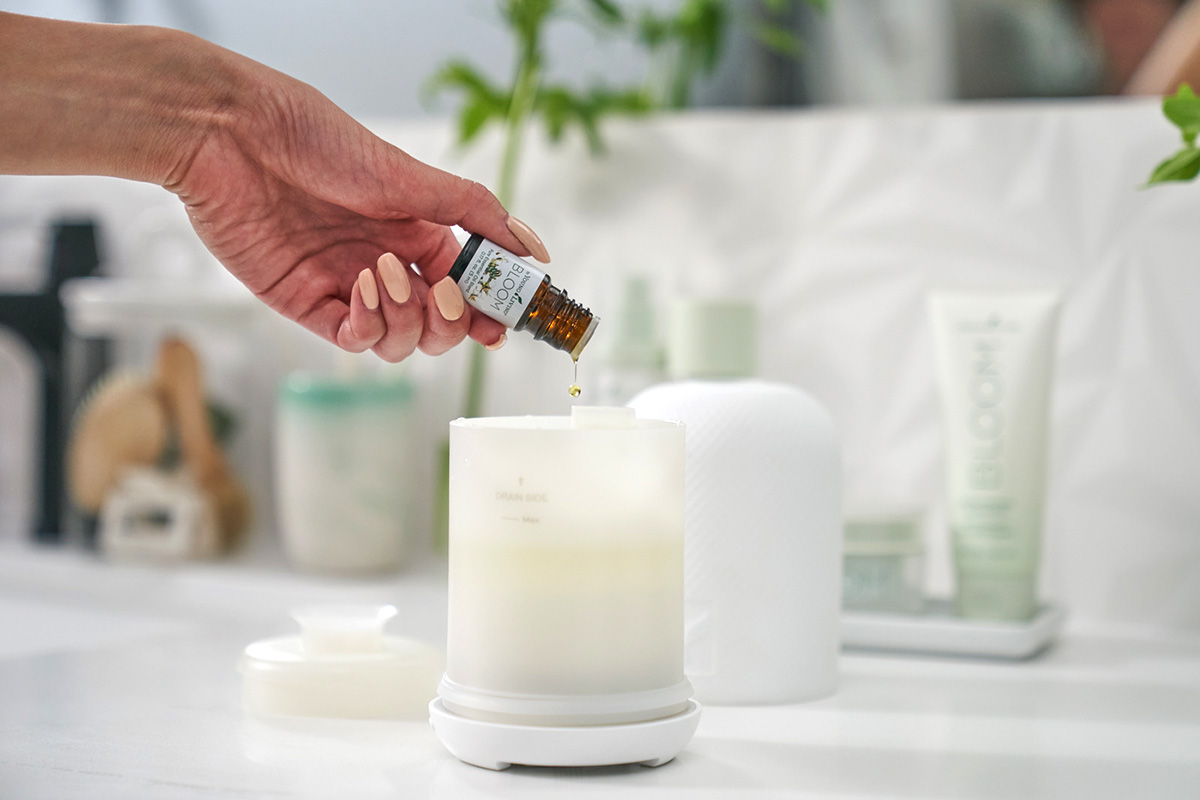
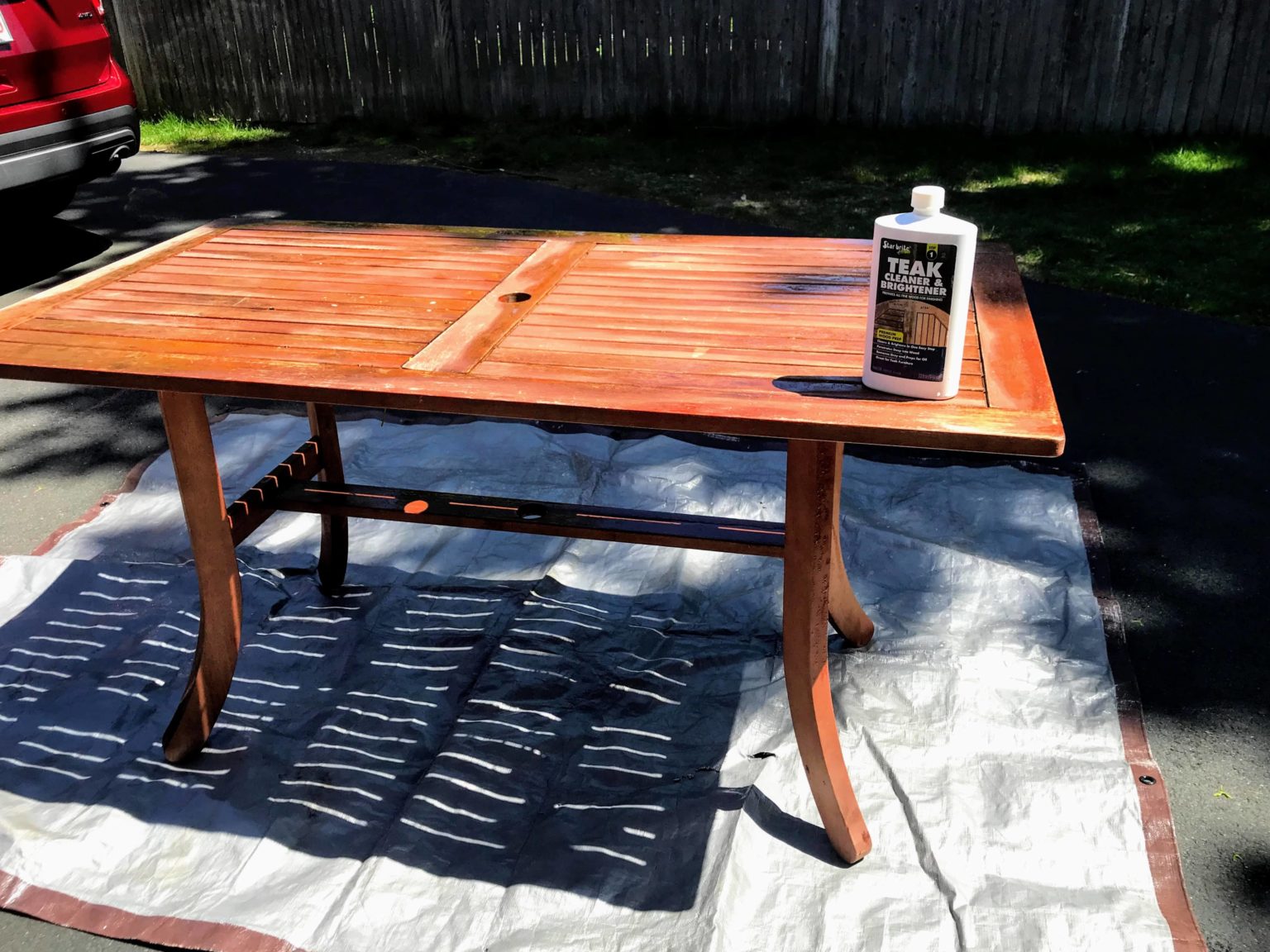
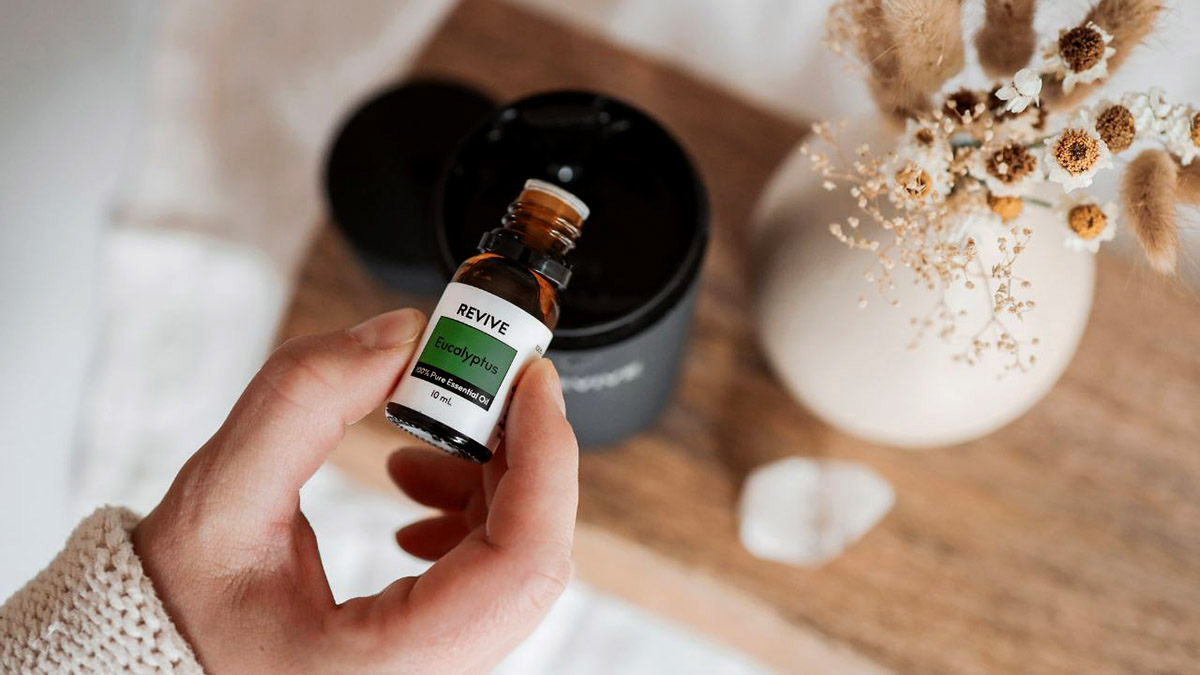
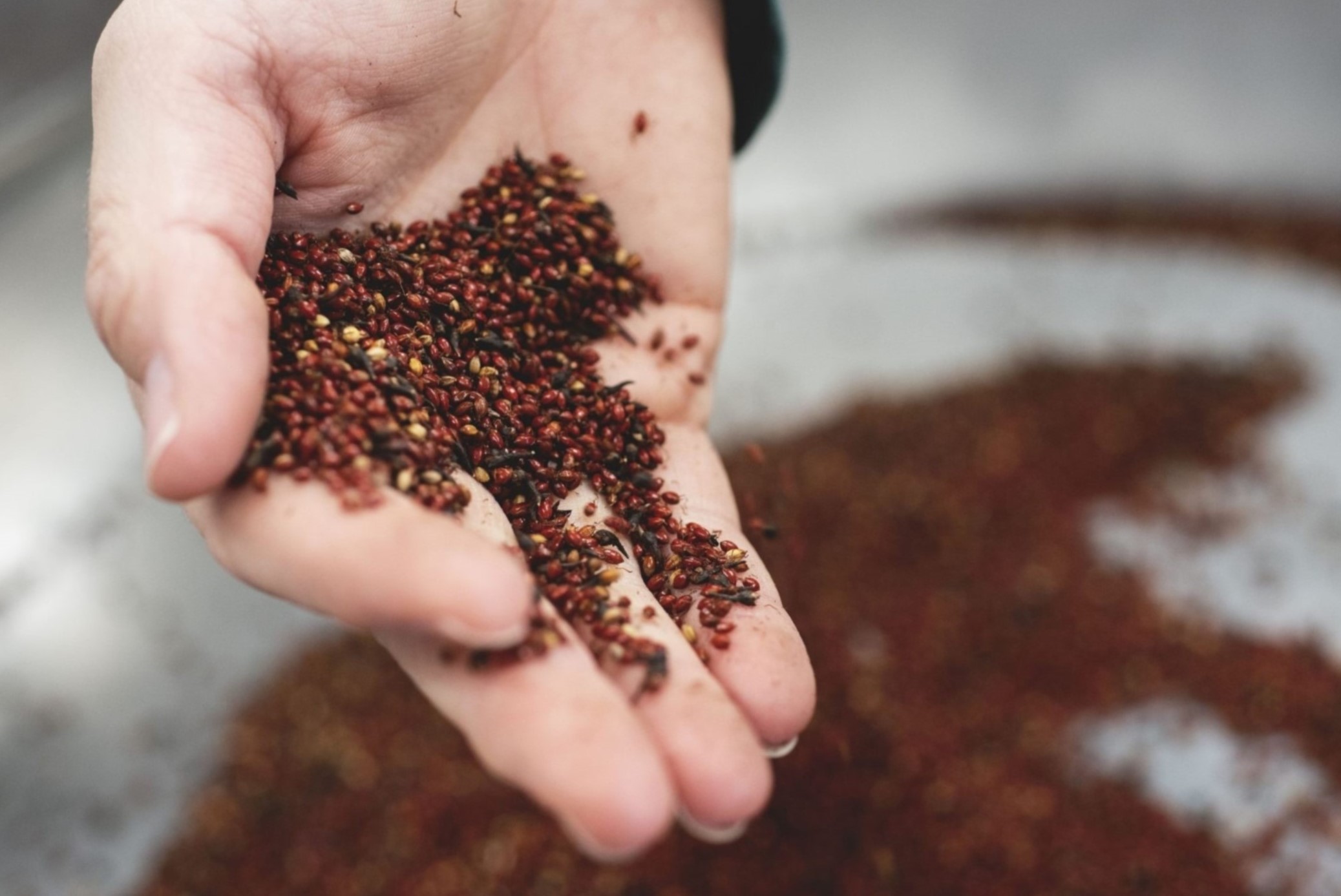




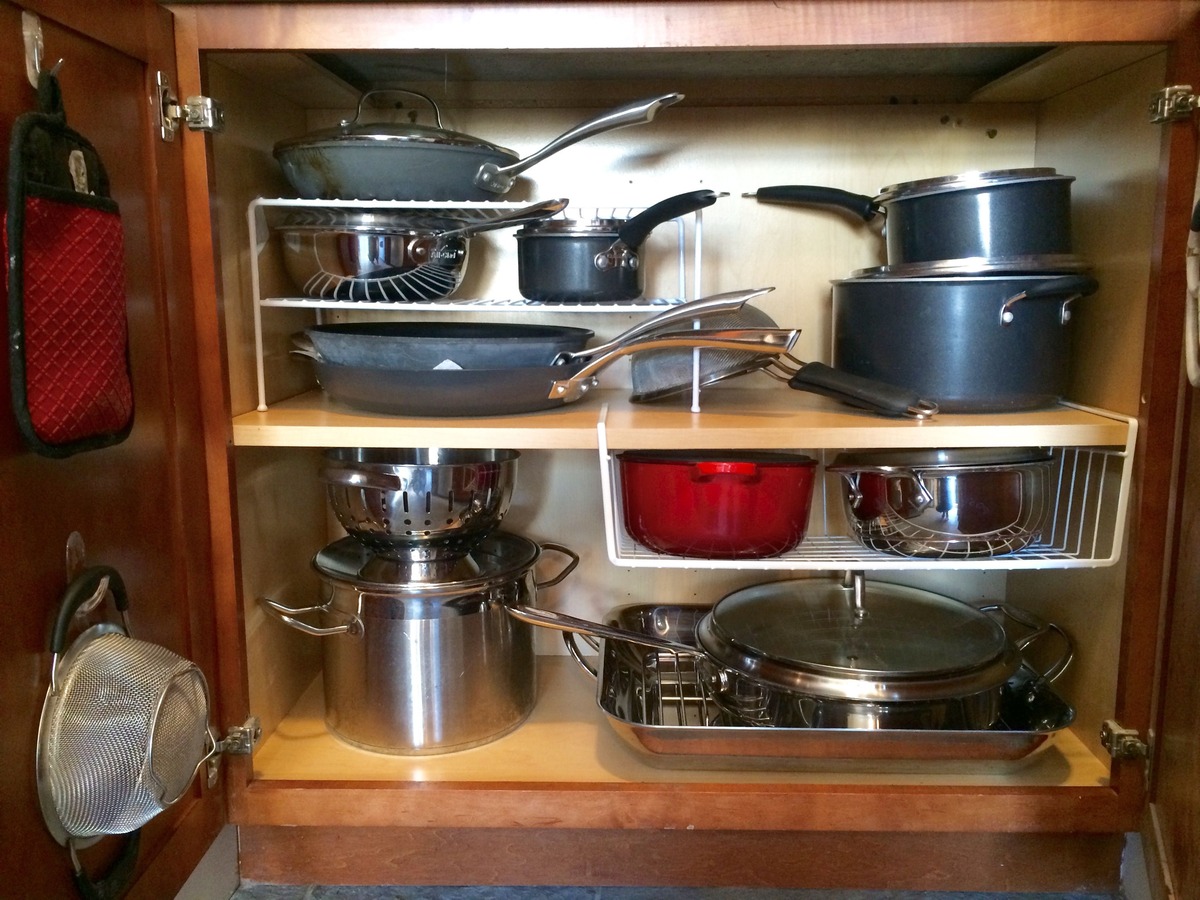
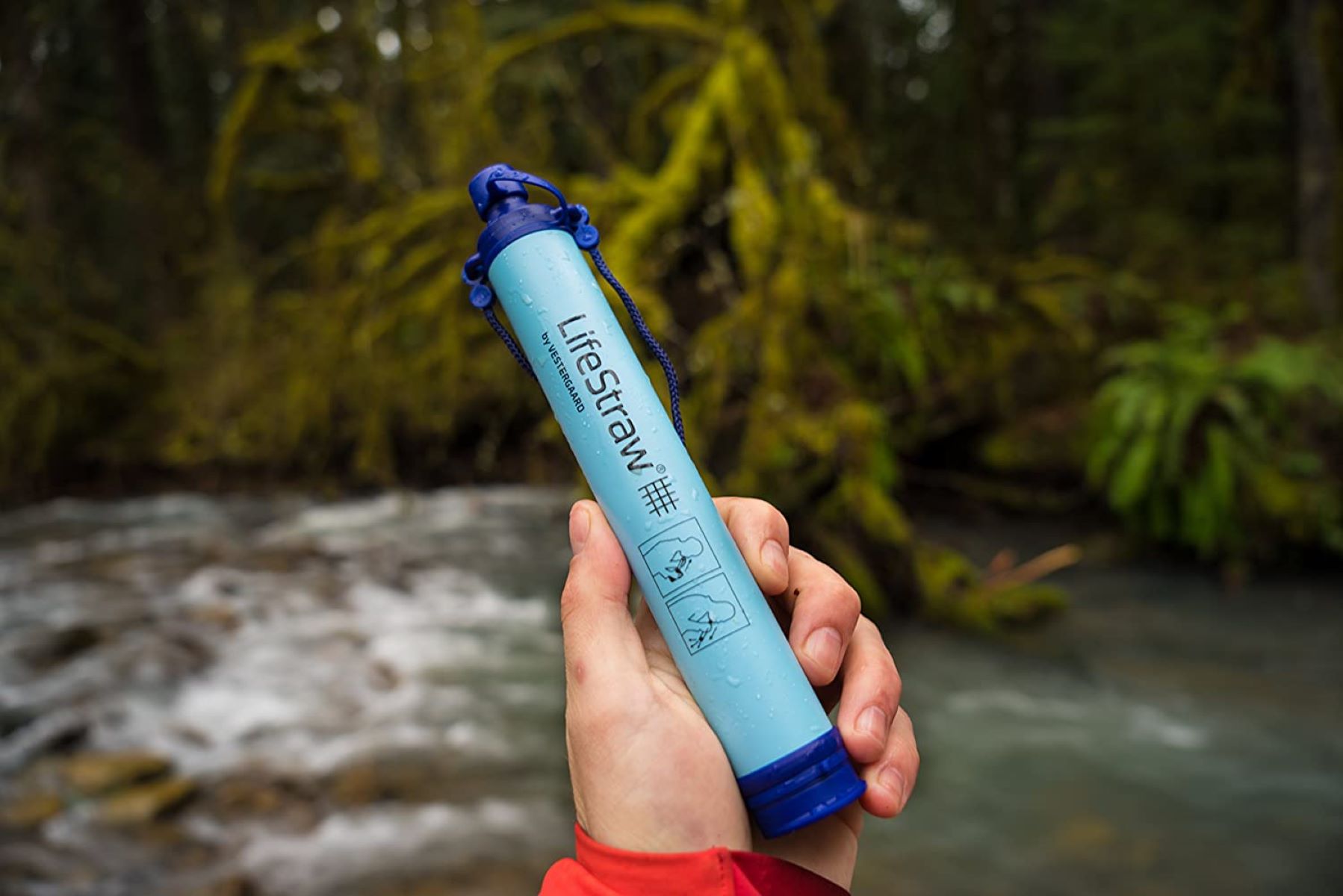
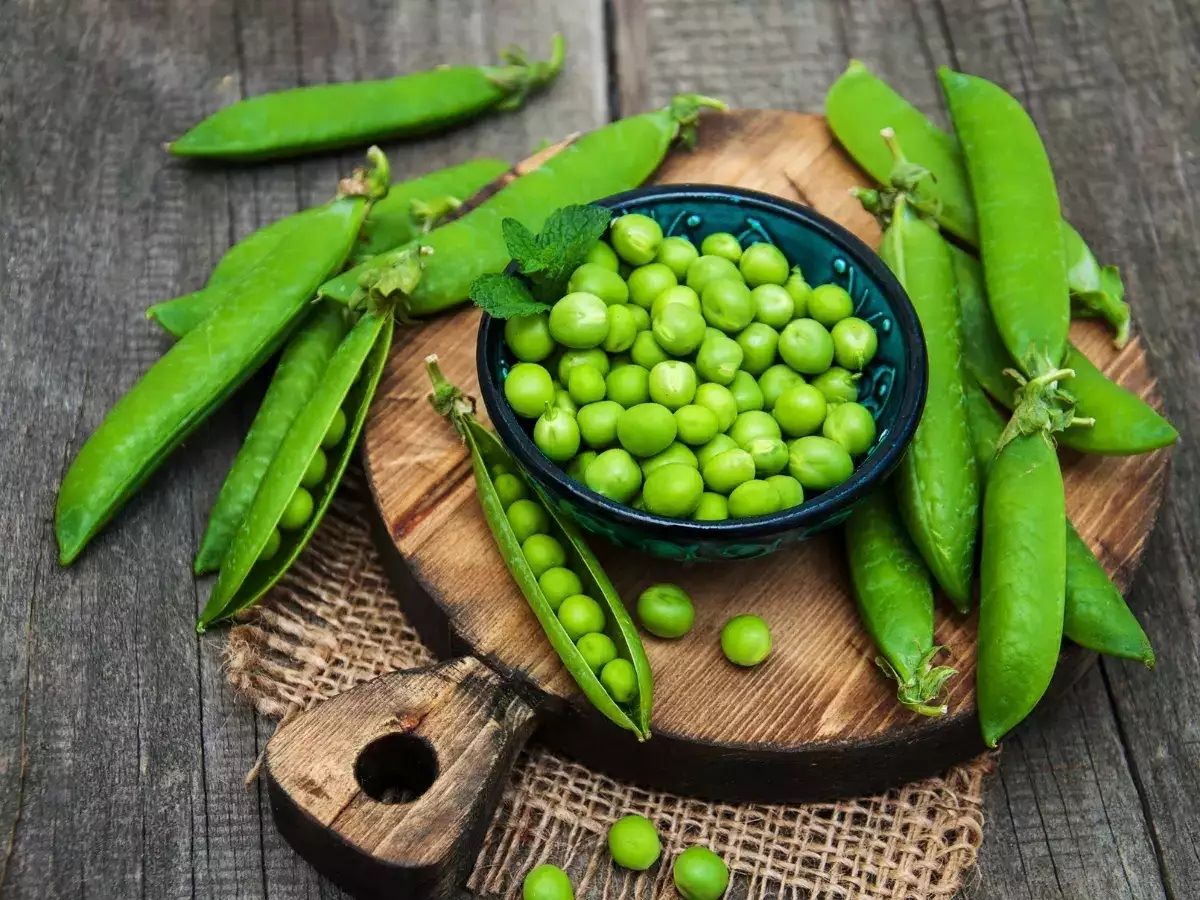
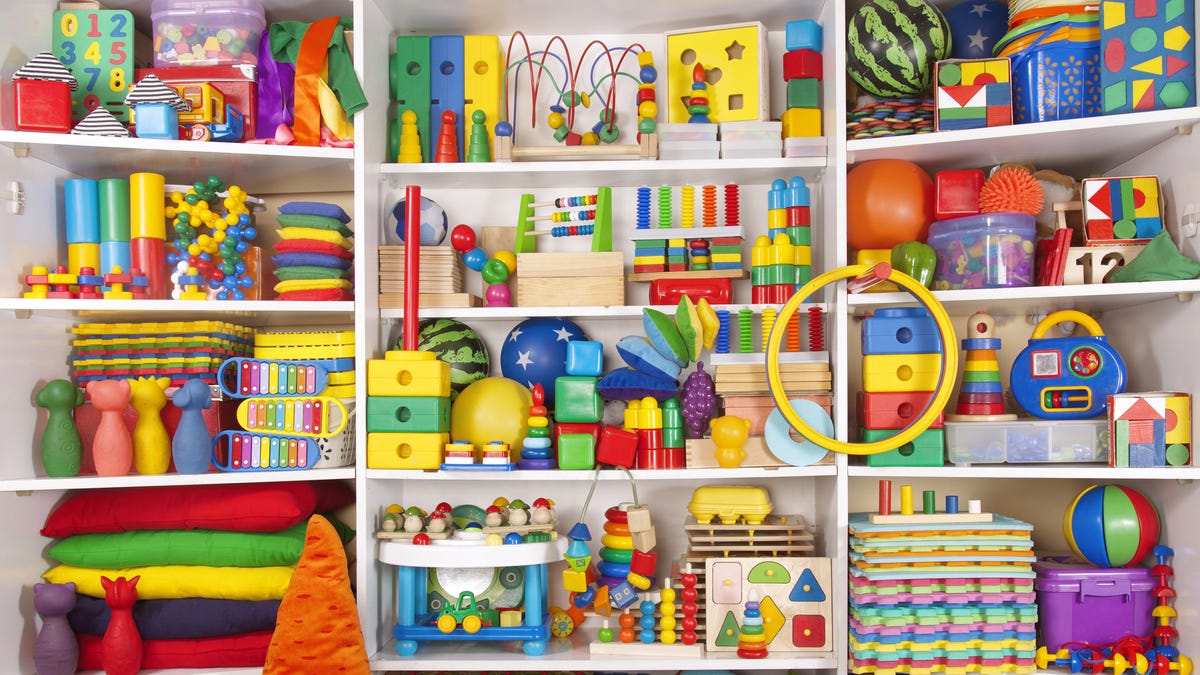
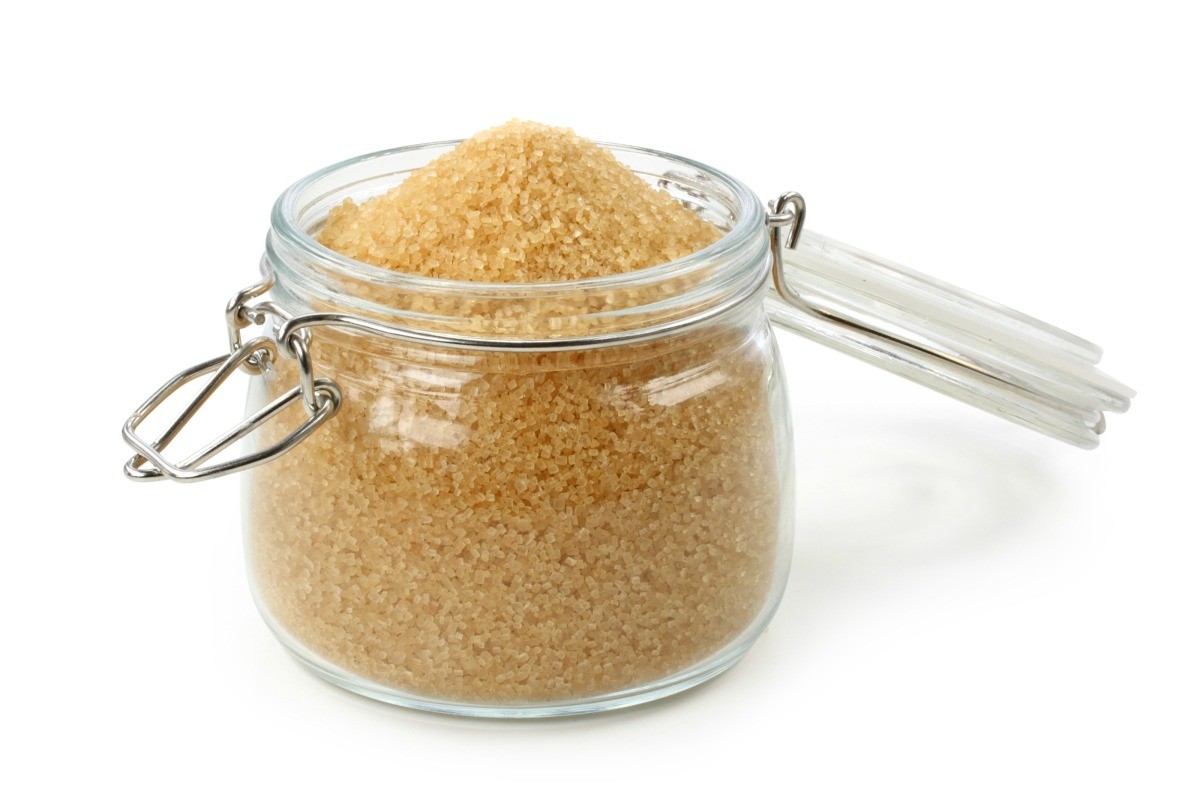

0 thoughts on “How To Store Eucalyptus”